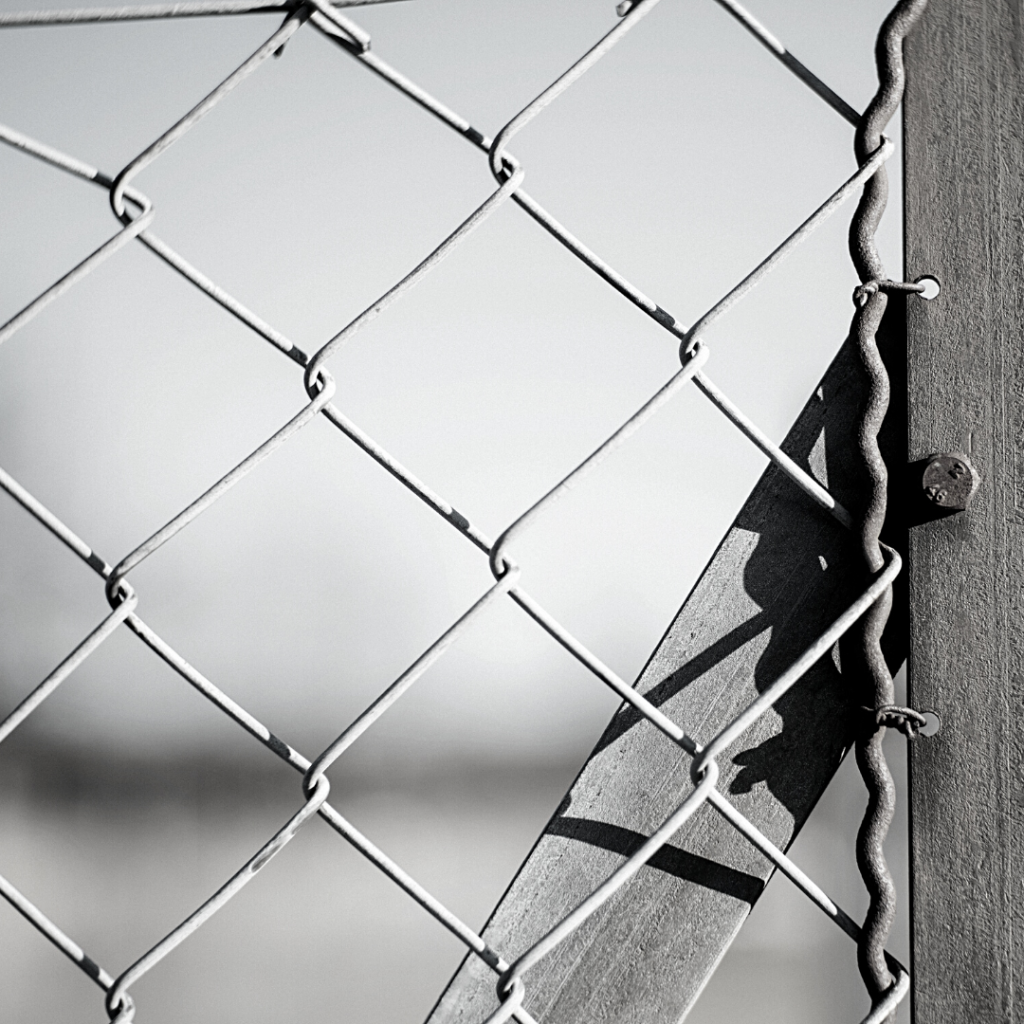In December last year, at least 27 people drowned in the English Channel when their boat sank off the coast of Calais. The International Organisation for Migration has announced this is the biggest single loss of life in the Channel, since data was first collected in 2014. Migrants are forced to pursue these irregular and dangerous routes as there is a lack of safe alternatives. While governments need to tackle people-smuggling industries to prevent the exploitation of those seeking sanctuary, it is imperative that immigration policies are adjusted to ensure people have a safe alternative and access to safe pathways of migration. While the UK government pushes to externalise migration management through offshore processing, today we take a look at the brief history of migration policy within the UK’s borders and how the Nationality and Borders Bill could shape migration for years to come.
What is the UK Nationality and Borders Bill and its Repercussions?
The Nationality and borders bill is a proposed act of UK parliament that relates to wider Nationality laws, immigration and asylum. The bill has seen large swathes of criticism from the UN, humanitarian organisations, political activists and the general public as it reduces protections in a way that contradicts international law. In repudiating its historical international obligation, the UK may provide an example to others to follow suit, which is of great concern as what the bill proposes will ultimately make the immigration system more dysfunctional and complex. Below, the core facets of the Nationality and Borders Bill will be explored, and the consequence of which will be explained.
The bill seeks to redefine and restrict the meaning of the 1951 refugee convention, in terms of who is protected by the convention and how that person should be treated. In 1951, the UK signed up to the refugee convention which set out the rights of a refugee and how they would be defined. Beyond this, the convention outlined that there is no legal obligation for an asylum seeker to claim asylum and remain in the first safe country. If the bill is enacted, those who chose to continue their journey through a first safe country will be penalised, it would allow the government to define and disadvantage some refugees, denying them certain rights if they do not satisfy certain conditions provisioned by the Home Office. Penalties and exclusion can be enacted which are based on arbitrary requirements, which could leave asylum claims inadmissible and more easily refused. Fast tracked asylum processes may leave many without the time and emotional support to make effective claims, and many more asylum seekers will face isolation from the community in accommodation similar to detention. The bill would be a fundamental challenge to the shared principle of refugee protection and it may well create a two-tiered system where those who have not been able to access resettlement schemes will face expulsion or only temporary status with restricted access to reunification services. The bill also makes provisions for offshore processing, which would push asylum seekers to the periphery of society and is an extremely costly system.
While the Home Office claims the bill will relieve the number of asylum claims in the UK, it will ultimately increase the number of delays while leaving even more individuals in limbo. The impacts of the bill’s measures have been openly criticised and the UN Refugee Agency recently stated in response to the proposal that the ‘UNHCR is concerned that the plan, if implemented as it stands, will undermine the 1951 convention and international protection system, not just in the UK, but globally.’ A further worrying aspect of the bill is that it seeks to allow evidence to be given ‘minimal weight’ by asylum judges if it is submitted late without good reason. However, this perpetuates a culture of disbelief amongst deciding bodies as it dismisses the intricacies of building evidence particularly when dealing with traumatic experiences and a lack of knowledge around the UK legal system.
The channel tragedy in December 2021, has fuelled further debate on how to stop the dangerous crossings
While it could have been met with a move towards compassionate politics, the solutions presented have focused primarily on how to securitise British waters. Thus, it is imperative that humanitarian institutions and activists continue to highlight the dangers of the bill, and call for the expansion of safe alternatives to current dangerous migration routes.
MOAS continues to advocate for the implementation of #SafeAndLegalRoutes of migration. The MOAS team engages with positive testimonials of how #SafeAndLegalRoutes have helped migrants and asylum seekers to integrate into their destination countries and communities, as a positive call to action. By “safe and legal routes” we mean all those regularized measures and pathways that ensure safe passage for people found to be in need of international protection, that do not force them to put their lives at risk to claim asylum. Furthermore, it is also a mechanism to ensure robust reception and integration systems are available on arrival, a luxury often not afforded to those arriving through irregular channels. These routes have already been implemented in a number of EU countries; however, access is currently limited and there is a lack of integrated policies to ensure that as many people can access these routes as possible. Humanitarian visas and community sponsorship are just some of the programmes offered within this framework, where refugees are identified by UNCHR before relocation. We will continue to explore the different routes available, which need to be expanded by the international community.
If you are interested in the work of MOAS and our partners, please follow us on social media, sign up to our newsletter and share our content. You can also reach out to us any time via [email protected]. If you want to support our operations, please give what you can at www.moas.eu/donate.

